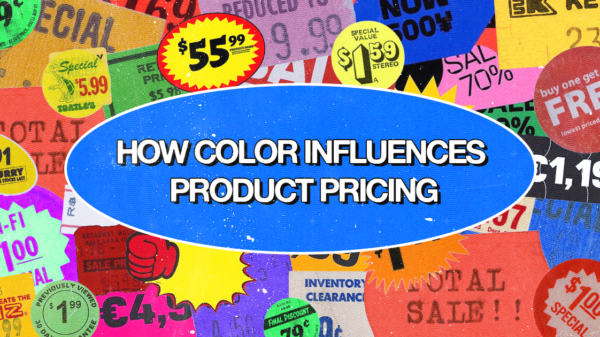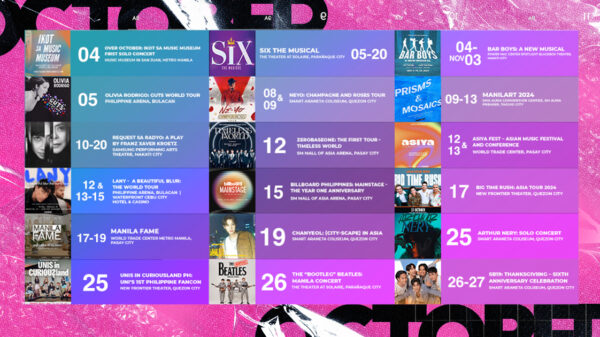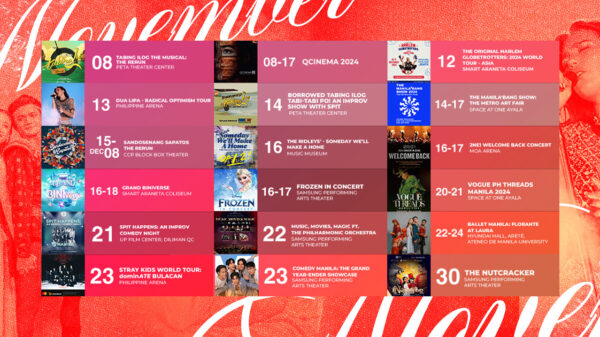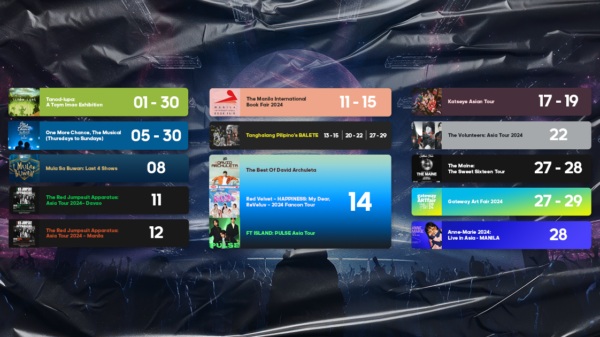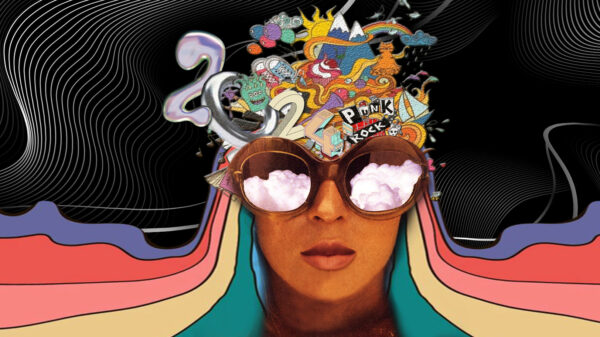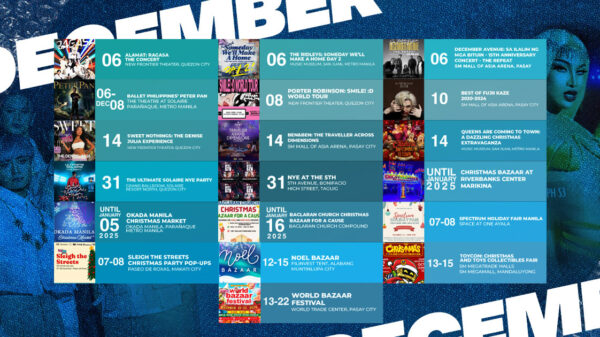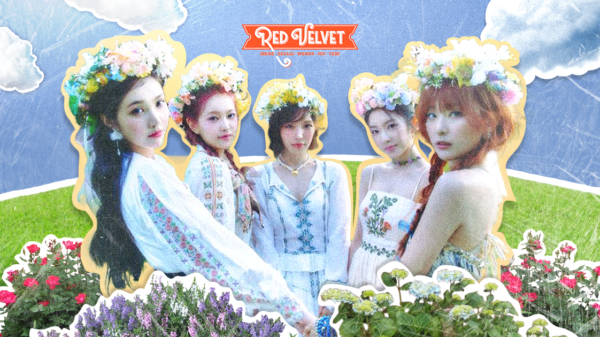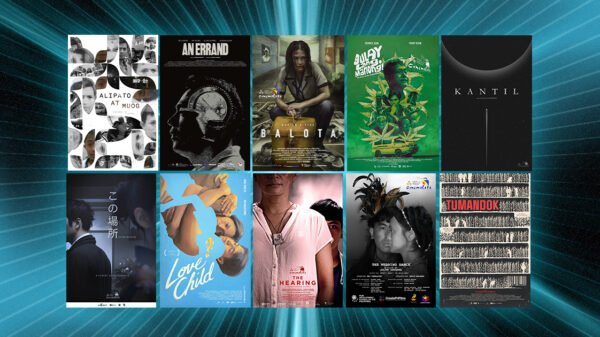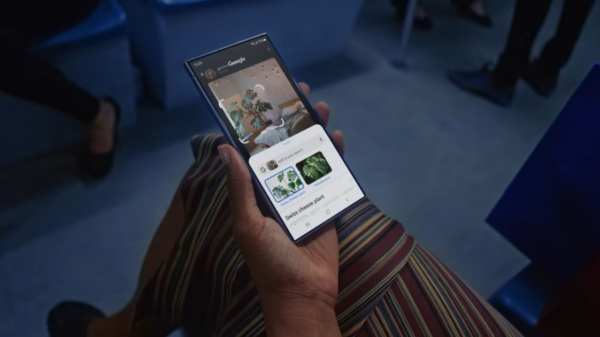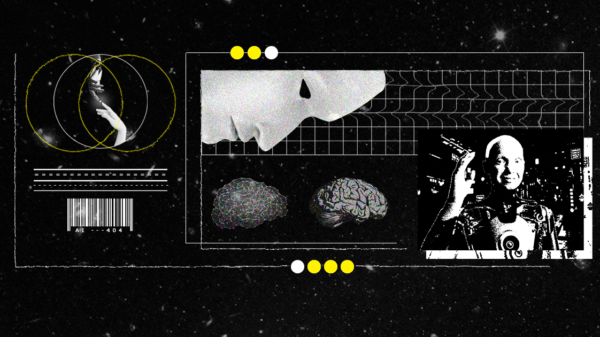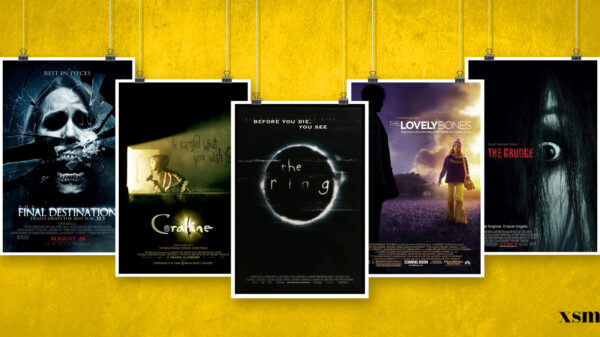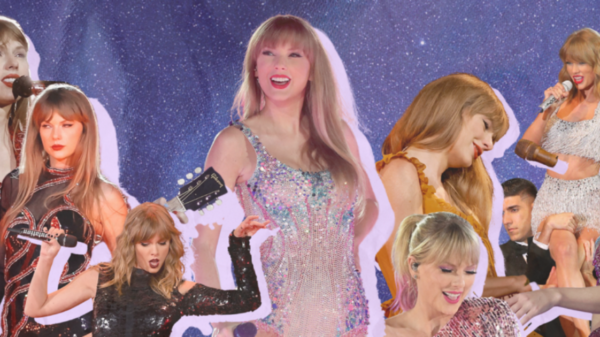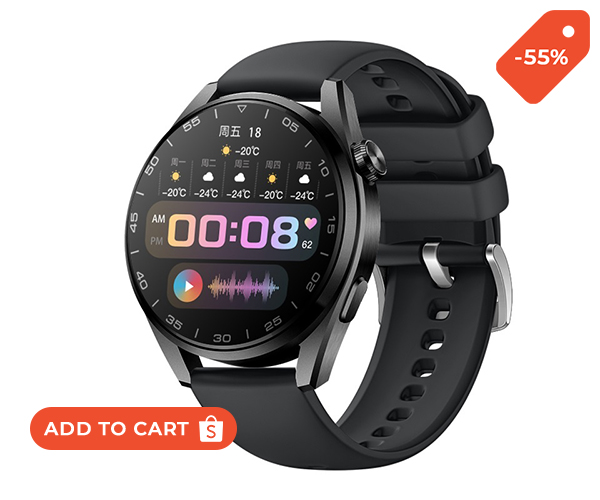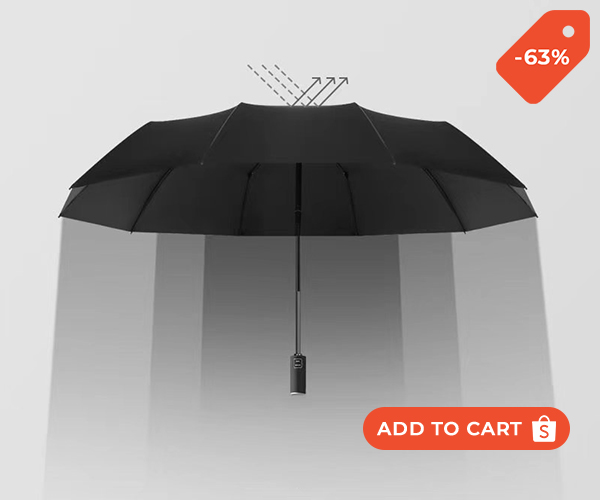It’s crazy and an absolute jungle here in Metaverse as its open its way onto welcoming different opportunities and people who continue to discover its amazing wonders.
Wonder how Advertising works in Metaverse?
In the context of advertising and marketing, the metaverse can be defined as a persistent, 3D, and virtual space where users can spend their time and may be targeted with brand-related content and sales enablement tactics.

Over time, social media has evolved to feature direct-to-customer stores where you can pay for products online and get them shipped to your address.
Similarly, the metaverse could have 3D stores where you not only view ads but can also trial products and make purchase decisions.
HOW ADVERTISING WORKS IN METAVERSE?
There’s an infinite possibility including the ways we look at the metaverse opportunity in the world of advertising. It is an additional channel in your marketing mix, just like you have a branded mobile app, banner ads on Google, an analytics-enabled website, and social media presence. The metaverse can be viewed as a new medium for storytelling.

Apart from traditional ads like the ones that pop up on Google, Facebook, or LinkedIn, you can have immersive ad experiences that tell the brand story.
HERE’S WHAT ADVERTISERS CAN VIEW AS THEIR NEW AND OPEN OPPURTUNITIES:
Virtual reality billboards
Early advertising in the metaverse will mostly comprise virtual reality billboards. They are easy to design and insert into existing app experiences.

For example, when you are in a Horizon Workrooms-like VR workspace, you might be able to loom outside the window and see a billboard depicting your favorite snack brand.
Sponsored content in social spaces
The next to transition will be sponsored content. Our social media feed comprises a mix of organic and sponsored content, and this can be replicated in VR spaces meant for multi-party interactions.

Instead of consuming content alone, you can share ad experiences with your peer network.
Product placement in VR games
As more and more VR games are built for the metaverse, product placement is inevitable. This strategy was already used to great effect in Pokémon Go, where sponsored locations popped up to invite footfall, using the game’s AR creatures as a lure.

Branded elements could act as a subtle but noticeable overlay on top of game surroundings.
A new generation of influencers
The metaverse could feature an interesting new technology called digital humans, who are essentially AI-powered humanoid bots in 3D.

In the future, brands could design their very own influencers from scratch and transform how ads are pushed via influencer marketing.
Immersive native ad experiences
Finally, native VR advertising holds the most promise for marketers in the metaverse. Brands can create full-scale experiences that weave a story, allow users to interact with their product, and eventually make a purchase – also online, without leaving the metaverse.

A good example is Nikeland on Roblox, a VR gaming platform and metaverse company. Nikeland allows you to engage in gameplay and organically explore the company’s range of shoes, apparel, and accessories in VR.






